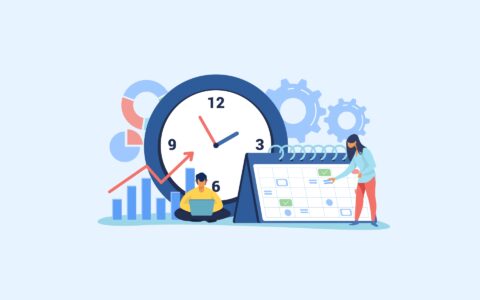Creating a Productive Workspace: Designing Your Ideal Environment
Are you looking for the best ways to stay productive at work? You might already have the skills and habits, but you still struggle to stay optimal and effective because your workspace isn’t ideal.
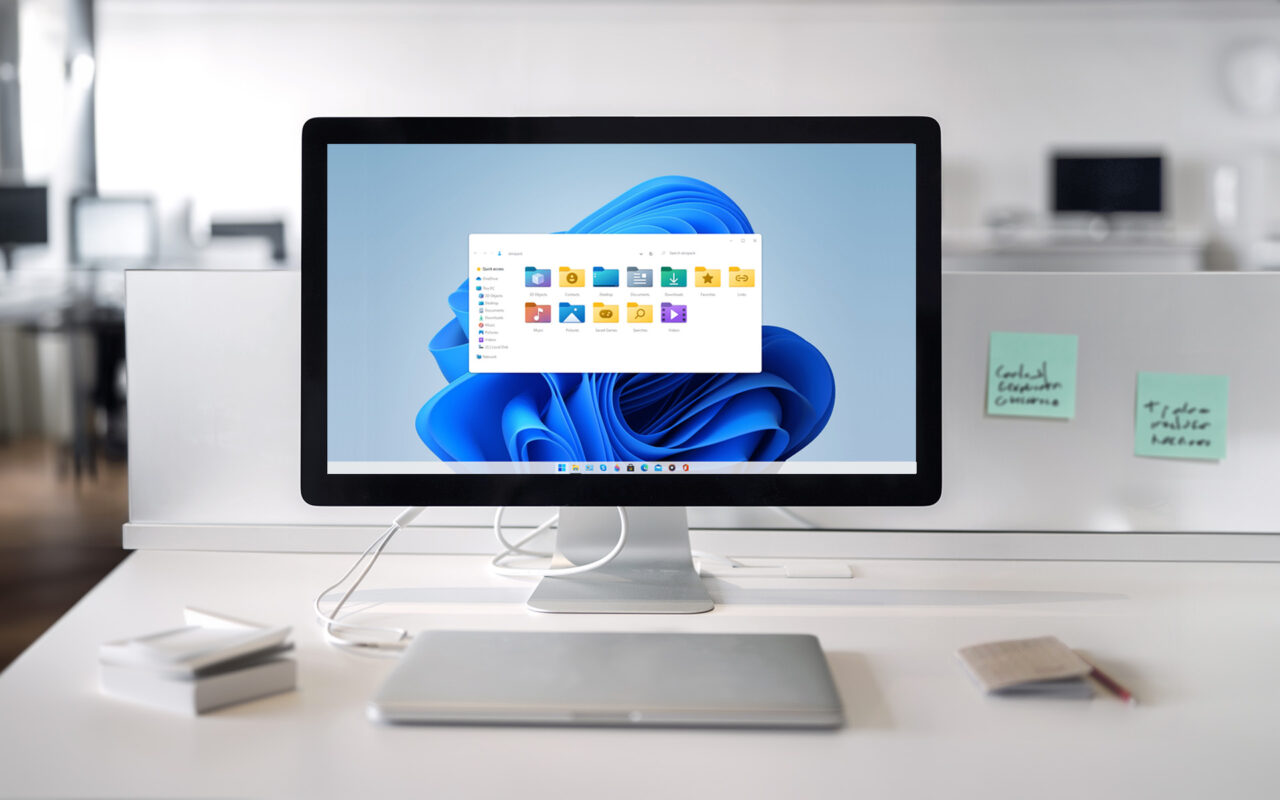
Your work environment plays a big factor in your work productivity. Creating a productive workspace should be a priority if you want to improve productivity.
In this article, you will learn the elements that make a workspace productive and some tips to optimize your space’s workflow.
The 7 Elements of a Productive Workspace
These elements can make all the difference between a day filled with focus and productivity versus one that feels like you're trudging through mud.
1. Ergonomic Design
An ergonomically designed workspace means using a chair, desk, keyboard, and screen that minimizes strain on your body. This means less fatigue, fewer aches and pains, and more energy to focus on your tasks.
If you're squirming in your chair or straining your eyes, you're probably not at your productive best. Studies show that ergonomic workspaces tend to improve cycle time by 18%.
2. Natural Lighting
Natural light has been known to help improve your work productivity tremendously. Sunlight can boost our mood and energy. A workspace with ample natural lighting can help regulate our circadian rhythms, making us feel more awake during the day.
Plus, it's just more pleasant to work under natural light than the harsh glare of fluorescent bulbs. Work in a space with access to large windows. Consider lamps that mimic sunlight if you are far from the window or work in a location that doesn’t have direct access to natural lighting.
3. Minimal Distractions
Distractions are the arch-nemesis of productivity. Our definition and aversion to distraction will vary. Some of us can work with background noise, while others need complete silence.
Recognize and minimize your potential distractions in your workspace. This could mean noise-canceling headphones, putting your phone on airplane mode, or setting up a physical barrier like a room divider.
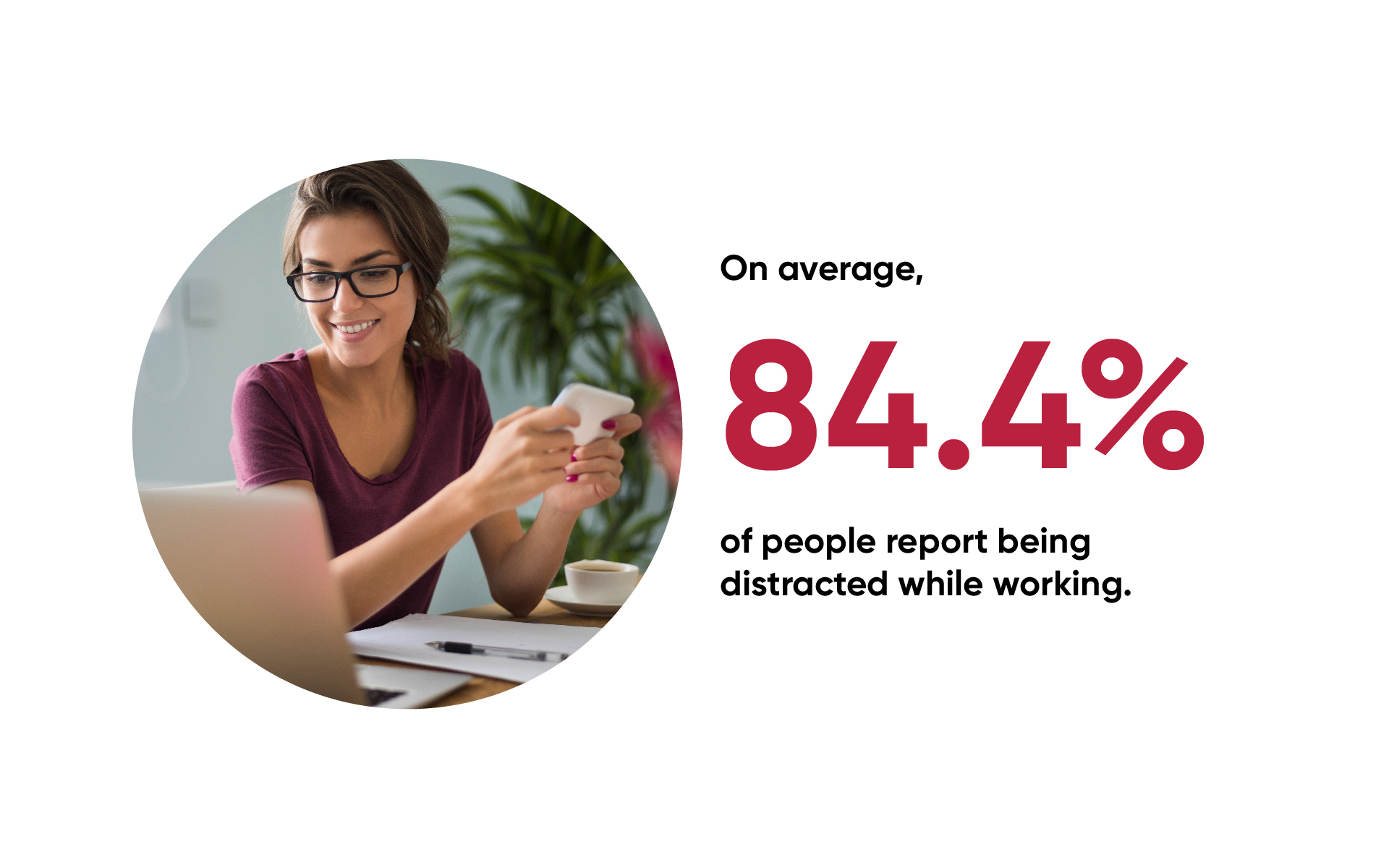
4. Organization
Have you ever wasted precious minutes (or hours) searching for that one document or tool? An organized workspace ensures that everything has a place. Other things you can do include:
- Investing in storage solutions
- Using digital tools to keep your files in order
- Adopting a 'tidy-as-you-go' mentality
- Arranging files in alphabetical order
On top of organizing physical items and documents, you should also organize digital files. Create folders according to categories. Archive any files that are one year or older. Use file storage solutions that allow for boolean searches to quickly find what you need.
Additionally, if you have text files that need to be shared or stored in a more universal format, consider converting them using a txt to pdf tool for better accessibility and organization.
5. Personalization
While a clutter-free desk is great, a touch of personalization can make your workspace feel more 'you.' Personalization can boost mood and inspiration, contributing to your overall performance.
Some ways to add personalization to your space include having a plant, art, or photos of loved ones. These personal touches can act as motivation and make the environment more pleasant and inspiring.
6. Tools
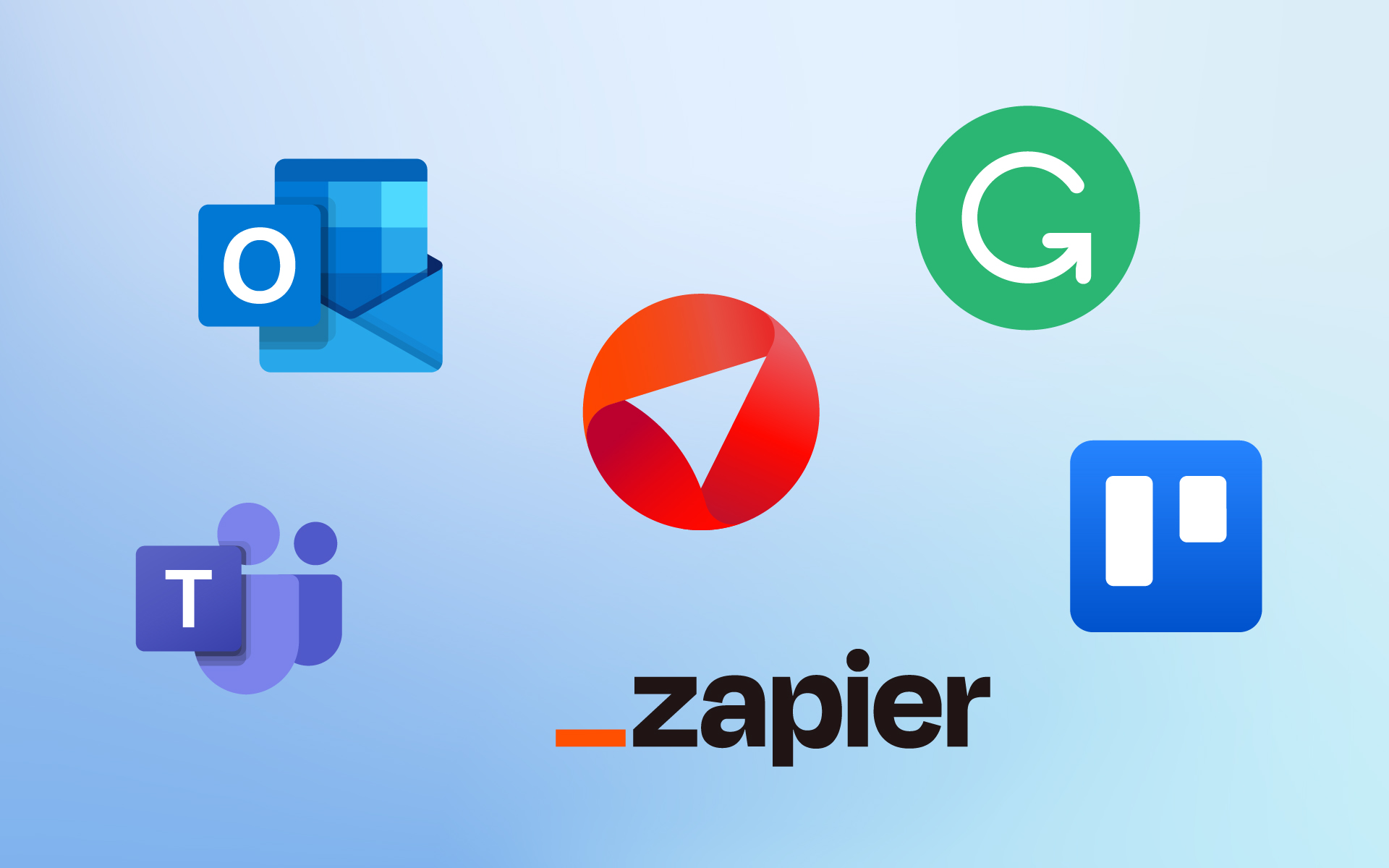
You need the right tools for your job. Most of us will need digital tools to keep us optimal. Some essential tools include:
- Task management apps
- CRM
- Timers
- Calendar apps
- Workflow documentation software
- Social media and website blocking tools
7. Room to Grow
It’s important to think about the future to improve your workspace progressively. As your role or work evolves or your business grows, you might need more space to store items and cater to additional personnel or tools. If you plan to move beyond managing yourself and keeping a team optimal, consider taking a project management degree program or other relevant courses.
Setting up a flexible workspace with room for adjustments ensures you won't be starting from scratch every time a change happens.
Tips to Help Keep Your Workspace Productive
Beyond the essential elements of productive workspaces, some best practices can level up your productivity game. Here are some additional productivity hacks, tips, and best practices to help you make and keep your workspace productive.
1. Schedule a Regular Cleaning Routine
It's easy to overlook the importance of a clean workspace, but cleanliness is vital to productivity. Dust, dirt, and clutter can mentally weigh you down over time. Create a routine by setting aside a specific time to wipe down surfaces, empty the trash, and organize scattered papers.
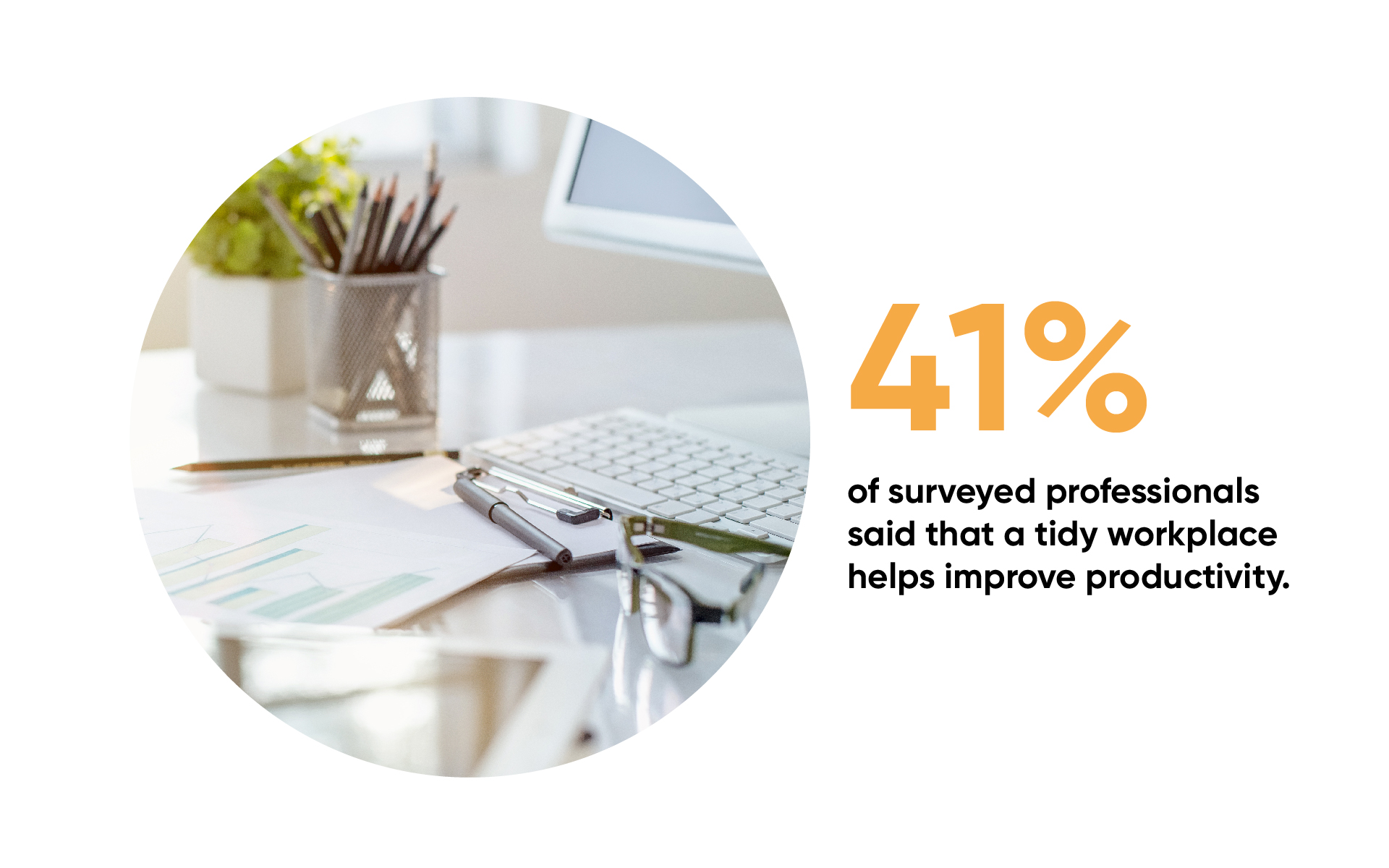
Clean spaces ensure that they remain inviting and conducive to focused work. Additionally, a clean space reduces the chances of misplacing important items and provides a sense of accomplishment that can kick-start your next work session.
2. Consider Cable Management
We've all experienced the frustration of a tangled mess of cables. Not only is it visually unappealing, but it can also lead to wear and tear on your cords or even safety hazards. Investing in cable organizers, sleeves, or clips can make a difference.
Once you've got your cables neatly arranged, consider labeling them too. This helps you identify and access the right cable without disrupting the setup. A well-managed cable system contributes to a more streamlined and efficient workspace.
3. Prioritize a Digital Declutter
While physical clutter is often addressed, digital clutter can be equally distracting and detrimental to productivity. Over time, we accumulate many files, documents, and apps we no longer need.
Set aside a dedicated time each month to sift through your computer. Delete or archive old files, organize your folders, clear your desktop, and uninstall apps you no longer use. This frees up storage space and helps reduce the mental load of navigating through unnecessary clutter.
4. Update Your Tools Regularly

Software and tools have updates constantly, and lagging behind your versions could slow down your workflow. Outdated software or apps have glitches, slower performance, and security vulnerabilities. Make it a practice to check for updates periodically.
Many devices and applications offer automated updates, but you’ll still want to check to ensure that nothing slips through the cracks manually. Updated software often brings new features, improved performance, and security patches.
5. Zone Your Workspace
Zoning your workspace involves creating designated areas for specific tasks. This approach helps mentally compartmentalize different tasks, leading to better focus. For instance, have a zone dedicated to computer work, another for reading or sketching, and a separate space for brainstorming or collaborative tasks.
Such a system aids in smoothly transitioning between different tasks and can be particularly beneficial if you have a diverse range of daily activities.
6. Set Boundaries
The work-from-home revolution has changed so many aspects of our work, both positively and negatively. For instance, it's easy for work and personal life to blur into one. To maintain a productive workspace, it's crucial to set clear boundaries.
To do this, you should consider:
- Setting work hours
- Having a designated workspace at home
- Placing a "Do Not Disturb" sign during critical work periods
- Mentally committing to only doing work-related tasks in your workspace
Demarcating where and when work happens ensures your workspace remains a dedicated zone of productivity and doesn't become just another space in your home or area where distractions can easily creep in. Here are some productive habits that will help make hybrid work easier.
7. Focus on Effective Task Management
In productivity, knowing what needs to be done is half the battle. Implement a robust task management system, whether a digital tool or a traditional planner. Start each day or week by listing tasks, then prioritize them based on deadlines and importance.
Incorporate these into your workspace by keeping physical planners, post-it notes, and to-do lists within reach. If you prefer digital tools, keep it somewhere visible, like a second monitor or a tablet.
Productivity for Overall Growth
Companies and professionals prioritize productivity because it helps us get desired results. So by investing in better workspaces, we increase productivity. This, in turn, helps us achieve our goals and continuously grow over time.





